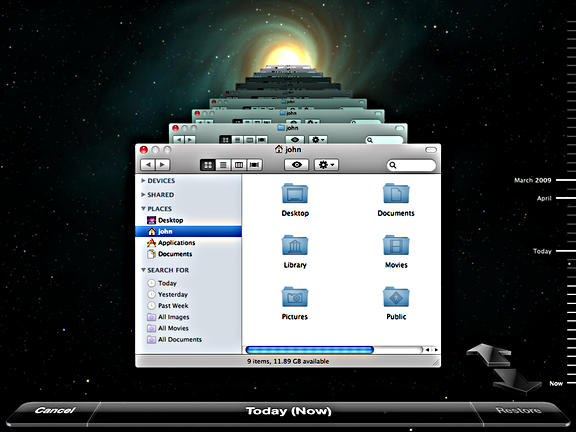

Choose a Time Machine backup from before the problems started and click on Continue. This will restore your last backup to your Mac, letting you recover all your lost data, software and settings. Plug in your Time Machine backup hard drive and follow the onscreen instructions. The first option is the easiest one to perform. Hold down the Command & R keys as your Mac boots up for access to the Recovery Mode utilities Restore your whole system from a Time Machine backup

Your Mac may take a while to turn back on, but once it finally gets there, you will be presented with the Recovery Mode macOS Utilities screen, as shown below. The Command key is the one on either side of your spacebar and it doesn’t matter which one you hold down, as long as you hold it at same time as the R key. This set of tools is accessed by holding down the Command and R keys on your keyboard, as your Mac reboots/starts up. This handy Recovery HD partition contains the latest version of the macOS you have installed on your Mac and so it makes it possible to help get your system up and running by troubleshooting some basic problems. This has been part of the operating system since OS X 10.7 Lion, released in 2010. If you have to recover files, an important tool at our disposal is a in-built Apple system called Mac Recovery Mode. Try the 30-day demo of Carbon Copy Cloner here: In this article I’m going to stick with the free and built-in Mac applications and system utilities for getting your Mac back up and running. Carbon Copy Cloner is third party software, so it’s not free. This utility give you more control of your data backups and lets you clone a whole system. My personal favourite back up system is Carbon Copy Cloner. Time Machine is a basic file recovery system with limitations in how you can organise your backed up data. Apple’s Time Machine can save you a lot of trouble Carbon Copy Cloner


 0 kommentar(er)
0 kommentar(er)
